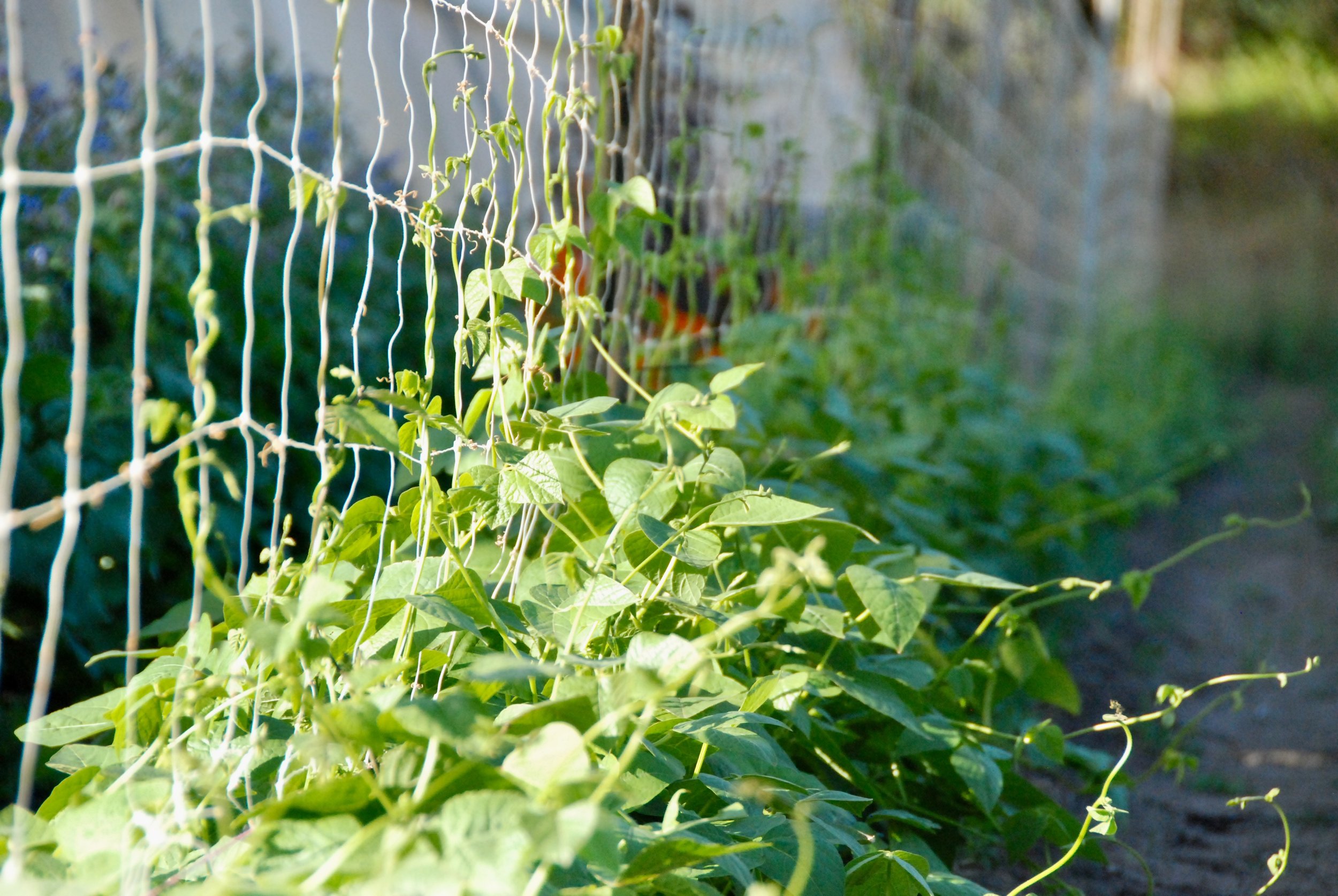100% Certified Organic & Demeter Certified Bio-Dynamic Seed
Grown, harvested, dried and packed on Transition Farm
NOTE - WA Customers: Transition Farm Tomato, Capsicum and Chilli Seeds have been cleared for importation into Western Australia.
If ordering from Western Australia, our next batch shipment date is 17 February 2025. For more options, check the POSTAGE page.
Bean - Butter 'Pappaluni'
Bean - Butter 'Pappaluni'
Phaseolus lunatus L
Pappaluni dell'Aspromonte are a particularly tasty bean from the Aspromonte Region, Calabria, Italy - the southern tip of the mainland. They occupy an important place in the local gastronomic tradition. The white ‘Pappaluni’ are quite large, with a flattened, kidney shape. Their flavour is particularly delicate with a fleshy pulp and thin skin.
delicious young, podded green or dried and stored as large white bean
climbing vine reaching 3m
known as butter bean or lima bean
Traditionally grown in warm soil at 400 to 1200 meters above sea level in the Calabrian Alps, we have had great results and heavy harvests growing ‘Pappaluni’ Beans in our Southern Victoria, sea level position.
They are ideal for the preparation of side dishes, soups, or as Alison Scutella , owner and chief grower for ‘Scopri’ restaurant in Carlton, suggests braised in roasted cherry tomato sauce and served with stracciatella and toasted bread!
We received our first seed from Alison who received them from her Calabrese mother-in-law.
Known as butter beans or lima beans, Phaseolus lunatus originated in South America with two distinct gene pools.
Certified Demeter Biodynamic and Certified Organic
SEED COUNT: 10 approx ,100 grams
Average: 750/kilo
Germination: Lot#18022 99% AUG 2023
Seed Raising, Growing and Harvest Information
| Plant Type | Site | Spacing | Height | Sowing Depth |
Days to Germination |
Days to Maturity |
|---|---|---|---|---|---|---|
| Annual | Full Sun | 15cm apart in 2 rows either side of trellis |
3 - 3.5 metres | 2.5cm | 4-6 days @ 23-29°C |
78 days green 140 days dried |
DIRECT SEED (Recommended) - Pappaluni beans require a warm soil temperature. For quick germination and better growth, wait for the soil temperature to warm to at least 22°C but preferably 25°C. Sow 2.5cm deep at 10-15cm spacing, one row either side of a strong trellis. These beans can reach to 3.5 metres and require a trellis capable of supporting their weight.
TRANSPLANT - Sow into deep cells such as tree tubes. Sow 2.5cm deep, one seed per cell. Transplant into a warm, well drained location as soon as the root reaches the pot base with great care as beans do not like root disturbance.
HARVEST - At green stage, pick when pods are plump for fresh eating or wait until the pod has fully dried to shell and store the dry bean.
NOTE - Phaseolus lunatus or lima beans require more heat than other beans, and will bear poorly in a cool growing season. Optimal soil temperature for germination is around 29°C and the optimal ambient temperature for growing plants is 21–27°C. That being said, we have had great harvests in our southern Victorian location with this variety, usually grown at higher altitudes. Choose a warm, well-drained location.
















